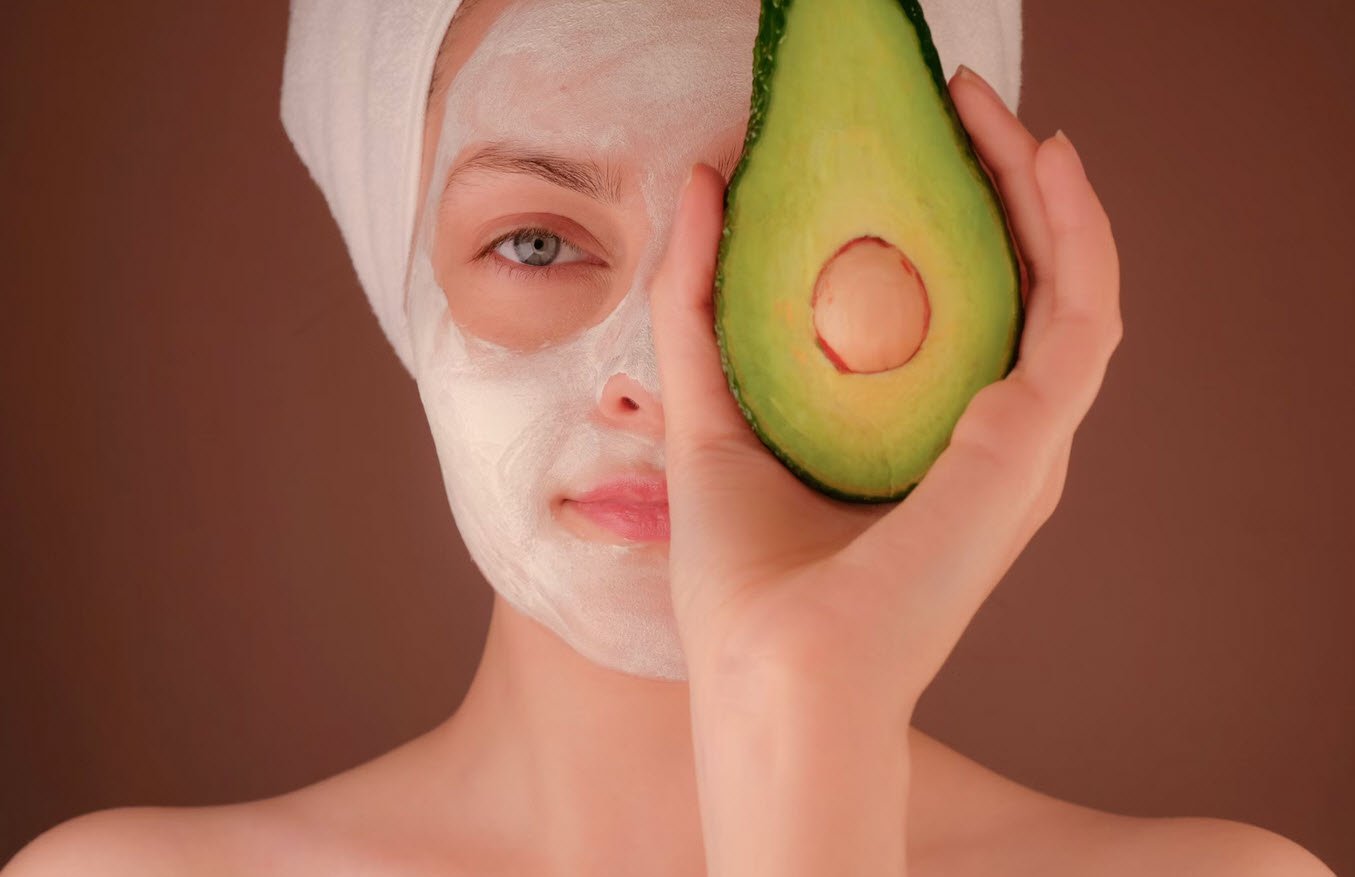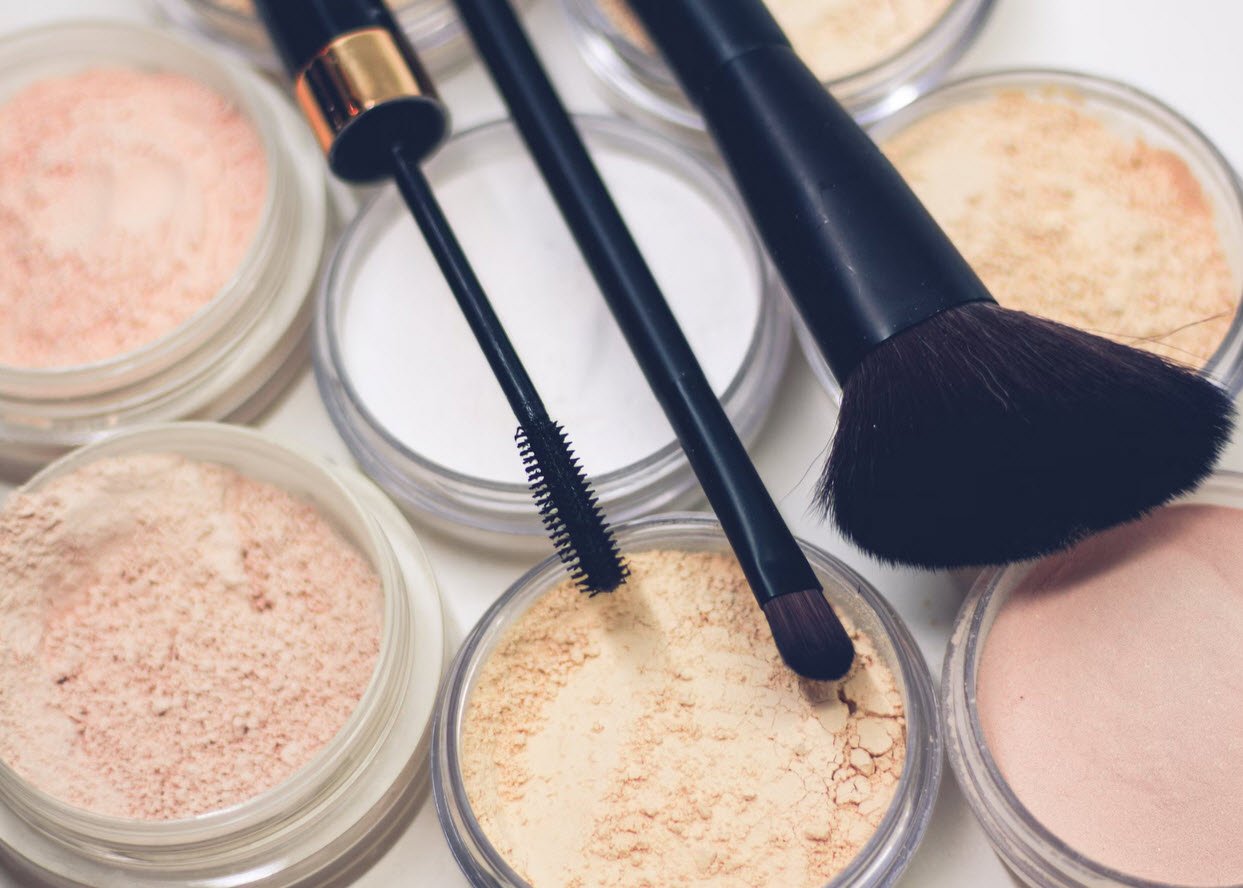
Creams and lotions are emulsions – a combination of water and oil. Oil and water do not naturally mix together, therefore in order to make a cream or lotion an emulsifier is needed.
Emulsifiers bind the oil phase and water phase of an emulsion together. They contain a hydrophilic (water loving) element and lipophilic (oil loving) element. This means they are attractive to both oil and water which allows them to bind the two together in a stable mixture.
As creams and lotions contain water you must also use a broad-spectrum preservative bought from a specialist skincare supplier.
Please note that beeswax is not an emulsifying wax and grapefruit seed extract is not a preservative. These are common misconceptions!
Remember: It is your responsibility to check the efficacy of your preservative system. We strongly recommend having a microbiological challenge test carried out by a lab.
There are three stages for creating a successful emulsion
- Finding an emulsifier that is easy to work with is the first step to creating a stable emulsion. It’s important to make sure you use a complete or all-in-one emulsifier. This means that it is a complete emulsification system and does not require anything else to emulsify your product.
- When making emulsions we have to heat our ingredients up to a certain temperature before combining them in order for them to emulsify together properly (with the exception of a few new cold process emulsifiers). Both the oil phase and water phase need to be heated to the same temperature before combining them. This is usually 70°C (158°F).
- We need to blend our oil and water phases together thoroughly using a stick blender to ensure they emulsify together properly and form a homogenous mixture.
Step-by-step instructions for making an emulsion
It is worth noting that the best method for making your emulsion may vary depending on the emulsifier you have chosen. You can check with your supplier for their recommended method.
Step 1. Measure all of the water phase ingredients into a beaker and place into a double-boiler or water bath. Bring the temperature of the water phase to 70°C (158°F). At this stage you may like to ‘heat and hold’ your water phase. Find out more about what this means and the advantages and disadvantages here: Using the heat and hold method for making creams and lotions: pros and cons.
Step 2. Measure all of the oil phase ingredients into a beaker and place into a double-boiler or water bath. Bring the temperature of the oil phase to 70°C (158°F).
Step 3. Mix the phases together and emulsify using a stick blender.
Step 4. Cool the emulsion in a cold water bath, stirring during cooling down. As the cream cools it will thicken.
Step 5. Once the cream is cooled (below 40°C/104°F), you may add the cooling phase ingredients and mix well.
Step 6. Package your cream into an airtight pump container or jar.
You may also like:- 5 Different Types of Face Masks You Should Know
- What Exactly is Foundation Makeup? Read Here
- Types and Benefits of Bath Oils
- Different Types of Makeup Sponges
- 17 Best Hair Care Remedies For You
- Hair Accessories – Its Importance, Benefits and Types
- 12 Different Types of Eye Makeup Brushes You Need To Know
- Orange and Ylang Ylang – Facial Moisturizer For Dry Skin
- [Protective Winter Time] Hand Cream – Recipe and Instructions
- [Formula and Ingredients] Soothing and Moisturizing Facial Mist








